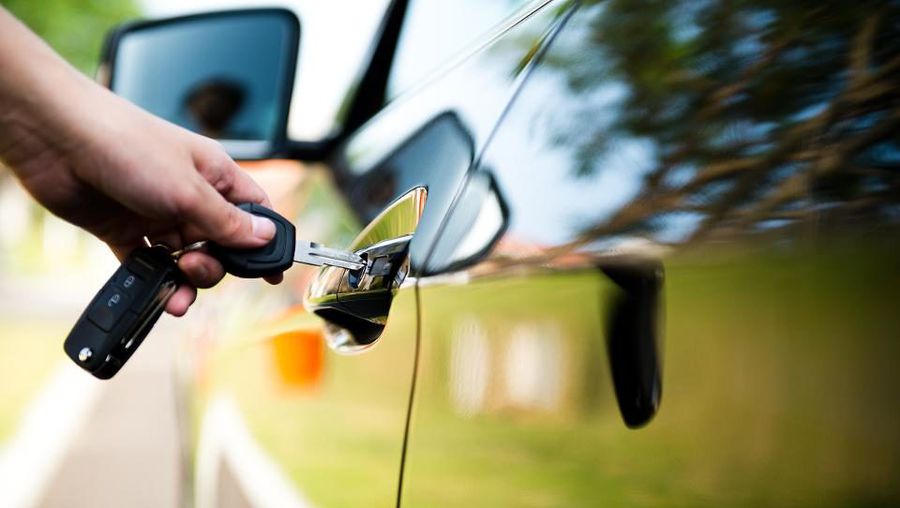Both comprehensive and collision coverage are the most used types of car insurance. They provide coverage to your vehicle from damage in an accident. Insurance companies usually offer both coverages as a bundle/package. Although the kind of damage they provide coverage to is different. First, let us discuss what collision or comprehensive insurance are:
1. Collision Insurance:
The collision insurance covers the cost of replacement or repairing of your vehicle in an accident that occurred because of the collision with other cars.
2. Comprehensive Insurance:
Comprehensive insurance covers your car’s damage because of hail, theft, or destruction. In other words, the comprehensive insurance covers any damage to the car that has arisen other than an accident or hit.
In some cases, comprehensive coverage and, in other situations, collision coverage is necessary to cover the cost of damage. Adding the bundle of both insurance types in the car insurance will cover everything despite what kind of damage is caused to your vehicle. The following are the different situations that each insurance type covers:
Comprehensive Insurance Covers if
- Any object falls onto your vehicle.
- An animal hits your car.
- Your car got damaged due to a fire.
- The wind has destroyed your car.
- Any natural disaster or vandalizing.
- Your car gets stolen.
Collision Insurance Covers if
- Your car hits another car.
- You hit any object with your car.
- Your car rolls over.
Factors to Consider When Purchasing Both Coverages:
You may be wondering if purchasing both coverages is necessary, but you can choose any type of coverage. Before you decide if you need comprehensive or collision coverage, or both coverages, it is crucial to understand the following factors:
The Worth of Your Vehicle:
First, determine the net value of your car. Is your car expensive? Is it new? The model and making of your vehicle, along with the miles it has covered. These factors will save you from paying more out of your pocket than your car’s worth if it needs repairing or replacement.
Chances of an Accident:
Determine the distance you cover often. Evaluate your driving and how long you drive. All these factors help you determine the risk/ chances of an accident. For instance, if you often drive and cover a long distance, the risk of accidents is high. If the area you drive frequently has more reported accidents, you must purchase these coverages.
Your Savings:
Consider if you have enough money to replace your car if it is stolen or if you have enough money saved up in your account to cover the cost of damage if you get into an accident.
Your Geographical Location:
Determine your current location. Whether it is an urban or rural area and the state you live in—the place where you drive often. Consider the area you live in and where you drive most frequently. Does your area have frequent cases reported for vehicle accidents or wildlife collisions? The higher the risk of accidents, the more it is crucial to purchase these coverages.
Your Driving Record:
The number of tickets on your license. Your driving history. Is your driving rash? Do you have accidents often? All these factors have a significant effect in determining whether you need collision or comprehensive coverage.
If you have found any one or more factors from the above-mentioned points to be part of your driving, you must have comprehensive and collision coverage. However, both comprehensive and collision insurance cover your damage; it doesn’t cover bodily injuries. Also, it doesn’t cover the cost of bodily injury or car damage to another party.
How Much Comprehensive and Collision Coverage Cost?
The rate of auto insurance varies from one state to another. The minimum coverage every state requires is different, and when the amount of comprehensive or collision coverage is included in it, the overall cost of insurance increases.


